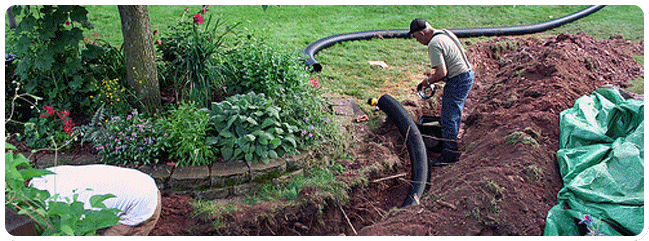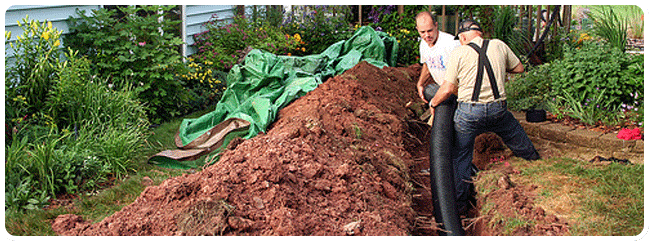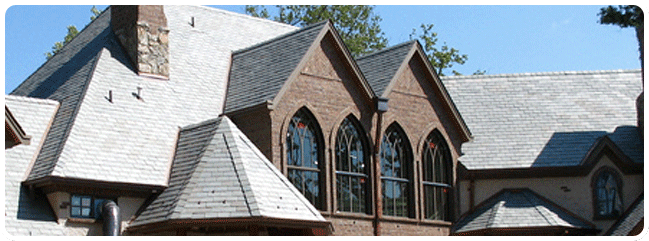Having a fireplace can provide you with coziness – especially during wintertime. Just imagine sitting in front of a fireplace, relaxing with a cup of chocolate drink in your hand. It’s one of the best feelings, right?
Whether you have a fireplace already or are in the process of having one installed, the type that you use can have an advantage over the others. In this case, there are many differences between a gas and wood-burning fireplace, in which each of them can provide you with a unique experience.
If you’re still wondering about which one’s safer, then we will provide you with the information so that you’ll know if you have made the right decision or not. However, just know that each has certain traits that makes it better so it still depends on which one you think will suit you best. Keep reading to learn more!

Convenience
Gas fireplaces are (debatably) far more convenient than their traditional wood counterparts. The primary reason for their superior ease of use and functionality is that gas fireplaces do not require wood to burn. This helps to save both money and energy if you are someone who sources your wood from a store rather than chopping it yourself.
In terms of energy savings, one core responsibility of using a wood-burning fireplace versus a gas unit is wood management. Be sure that the wood is appropriately positioned to give the flame a proper start, and continually manipulate the logs to keep the blaze alive.
With a gas fireplace, all you have to do is turn on the gas, sit back, and enjoy the warmth. If your gas fireplace is operated by remote control, this can be as easy as turning on the TV. Source: Acucraft
Drawbacks to Wood Smoke Exposure
Wood smoke does contain several harmful pollutants such as benzene, formaldehyde, and polycyclic aromatic hydrocarbons (PAHs). Exposure to burning wood can be precursor to debilitating health issues. For those that are exposed to wood smoke on a consistent basis are susceptible to a number of health issues that include asthma attacks, lung, and heart disease.
Propane is a clean-burning fuel that reduces the risk of any negative health developments to our loved ones. By chance if you do have a gas leak, your gas leak detectors will alert you of possible gas leaks so you can turn off your gas with ease.
Gas Fireplaces Ventilation is More Advanced
All fireplaces require a chimney flue in order to release chemicals that are they byproduct of burning fuels. The design of wood fireplaces allows them to only ventilate vertically. In comparison,more versatile gas fireplaces have the ability to “vent safely through horizontal ventilation flues.” As mentioned above, buildup in wood chimneys can cause problems which can be avoided if you decide to purchase a gas fireplace instead.
In addition, ventless gas fireplaces are available. Ventless gas fireplaces can reduce carbon emissions. This model gas fireplaces also has the ability to recognize oxygen levels “within the control valve.” Source: Kauffman Gas
Low Maintenance
If you’re looking for the lower maintenance option in gas vs wood fireplaces, gas is the obvious choice. Gas log fireplaces aren’t burning real logs so you don’t have to worry about cleaning up ash after each and every burn.
Plus, since you aren’t burning real wood, there will be less soot and creosote lining the walls of your chimney. That means you won’t have to get your chimney swept as often. However, don’t think you wont need your chimney swept ever. Gas is just a cleaner burn so you won’t have to as frequently.
Another thing you need to consider is how you’re going to get wood for a wood burning fireplace. Logs are expensive and you can burn through them quickly. If you don’t want to buy logs, chopping down trees is hard work. There’s no easy, cheap way to get wood for your fireplace.
Don’t Have to Worry About Sparks
When real wood burns, chunks crack and fall off creating crackles and pops. When the fire pops, there’s bound to be sparks that fly off. If you don’t have a fireplace glass door, there’s a chance anything near your fireplace can catch fire.
This isn’t a problem you need to worry about with gas log fireplaces. Since there are no real logs, you aren’t creating ashes or sparks. It’s much safer especially if you have rugs or carpeting in the area. Source: Vertical Chimney Care
Hopefully, this information has provided you with useful insights that can help with your decision-making. Just keep in mind that your home setup can make a difference in terms of usefulness for each variant. If you need more expert advice on your fireplace, don’t hesitate to give us a call!
Contact:
Kerrisdale Roofing & Drains
168 W 71st Ave, Vancouver, BC V5X 4S7
(604) 360-2114



















